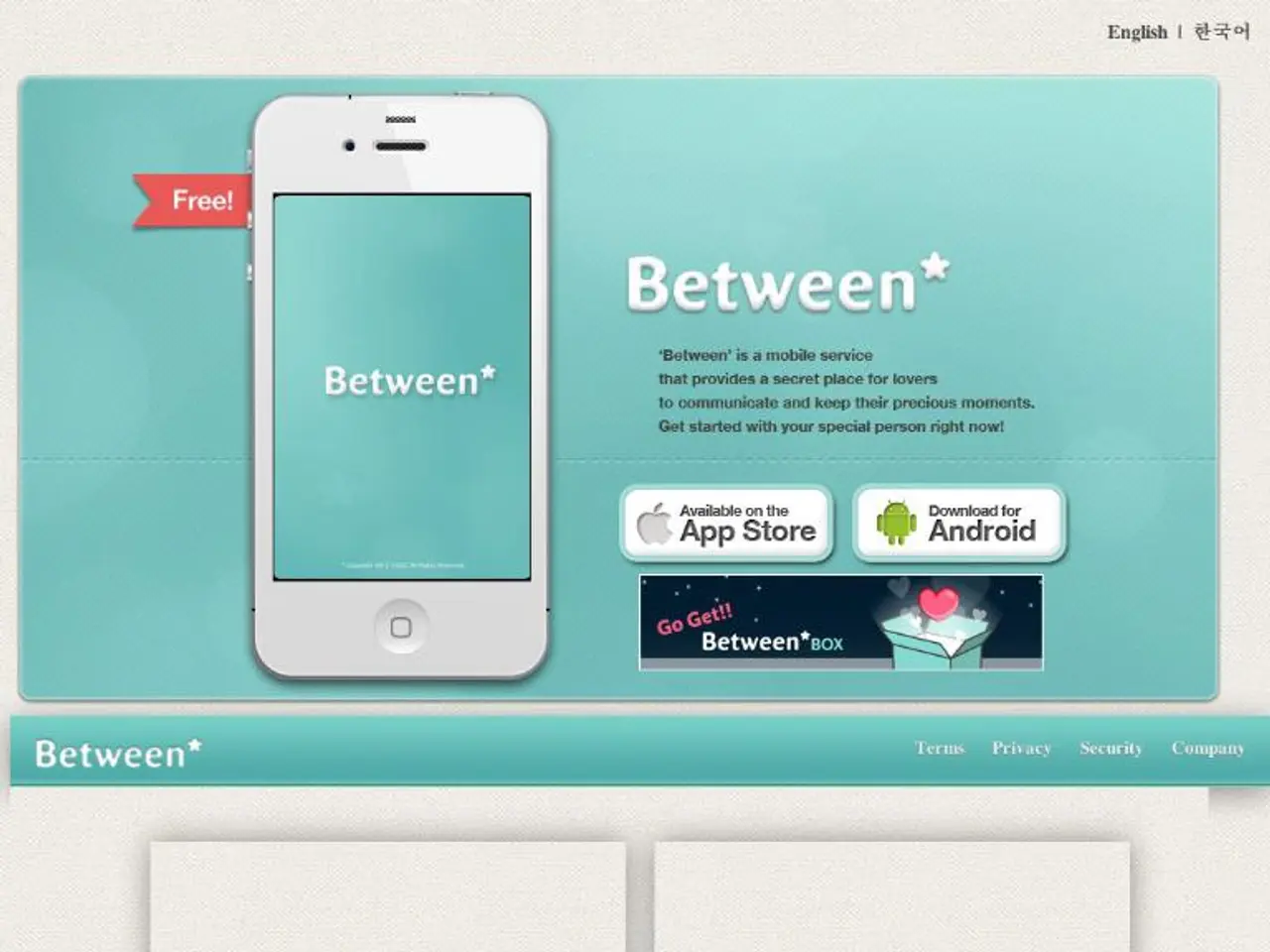Various Stages of Apple's iOS Operating System: Journey from iOS 1 to iOS 13
In 2007, Apple revolutionised the mobile world with the release of iPhone OS 1, marking the beginning of a comprehensive history of iOS. The first mobile operating system introduced groundbreaking features such as Visual Voicemail, Multi-Touch Screen, and the integration of iTunes.
Fast forward to 2008, and iPhone OS 2 graced the scene, introducing the Apple App Store and iOS SDK for developers. This paved the way for a thriving ecosystem of third-party and native apps, with the App Store supporting around 500 apps at launch.
The following year, iPhone OS 3 made its debut, supporting the iPad, whose first generation was launched in 2010. This version also introduced a new copy-paste feature, Spotlight search, support for MMS in Messages app, and the capability to record videos through the Camera application.
In 2010, iOS 4 hit the market, focusing on giving users the power of multi-tasking. It introduced features like iBooks, FaceTime, Personal Hotspot, AirPrint, and AirPlay.
The design-focused iOS 7, released in 2013, introduced a new design called Flat Design, a Control Center for quick access to apps, AirDrop for file sharing, and the Touch ID feature for biometric security.
iOS 8, launched in 2014, brought significant changes, including the introduction of HealthKit and HomeKit, allowing users to control home automation products and save health data from third-party fitness trackers. It also opened the door for seamless information sharing between iPhone/iPad and Mac computers, enabling users to send messages and take calls from their Mac desktops.
In 2015, iOS 9 was released, focusing on improving the technical foundation of iOS, with a major round of improvements in responsiveness, stability, speed, and performance. It was also the first to support third-party widgets in the Notification Center.
iOS 10, introduced in 2016, brought customisation and interoperability, allowing apps to interact with each other and Siri to be used by third-party apps. It also introduced a new dock feature for quick app access and a Drag and Drop function.
In 2017, iOS 11 was unveiled, introducing ARKit, allowing developers to introduce AR to millions of iOS devices. It also introduced 'Files', a go-to app for searching, organizing, and browsing files on devices.
iOS 12, released in 2018, was designed to make devices faster and more responsive, with a focus on AR and digital health. It introduced Screen Time to show users the time spent on their devices, and Group FaceTime was opened up to 32 users.
As we move into 2019, iOS 13 is set to bring a series of new features, including Dark Mode, Quick device unlock through Face ID, Sign In with Apple, New Portrait Lighting, Improved Siri voice, and Look Around functionality in Map.
The development of iOS apps for Apple devices has been enabled by key developer companies from New York and California, such as Appinventiv based in New York, which specialises in iOS and Android development with a significant portfolio and ongoing operations. Other mobile app agencies in California, like Los Angeles-based Goji Labs, also contribute to iOS app development and are currently active. The exact total number of such companies currently in operation is not specified but includes established firms with hundreds of projects and thousands of developers.
Lastly, it's worth noting that with the release of iOS 13, the iTunes store is no longer operative in iOS. However, Apple Pay was integrated into Messages in iOS 11, making it easy to send money to friends.
This brief overview showcases the evolution of iOS over the past decade, from its inception in 2007 to the latest updates in 2019. Each new iteration brings exciting features, improved performance, and innovative design, solidifying Apple's position as a leader in mobile technology.







